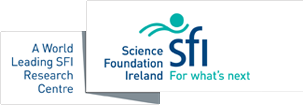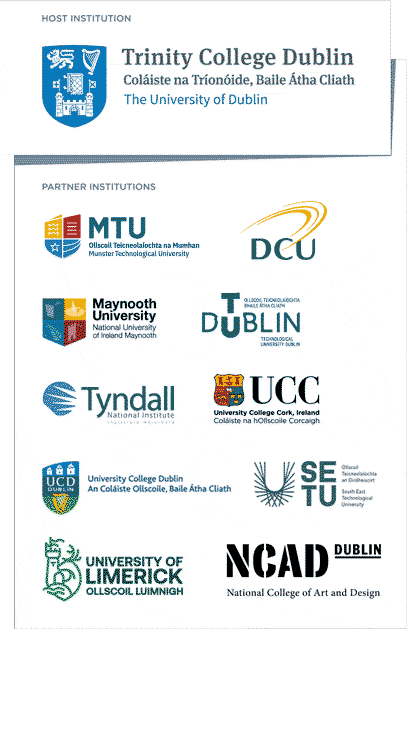
CONNECT PhD researcher, Conor Sexton, has had a paper accepted for the IEEE Globecom 2016 conference in Washington, DC, in December. Read the abstract here:
Coexistence of OFDM and FBMC for Underlay D2D Communication in 5G Networks
Conor Sexton*, Quentin Bodinier†, Arman Farhang*, Nicola Marchetti*, Faouzi Bader†, and Luiz A. DaSilva*
*CONNECT – Trinity College Dublin, Ireland
†SCEE/IETR – CentraleSupe ́lec, Rennes, France.
Abstract – Given the high network complexity and required signalling overhead associated with achieving synchronization in D2D networks, it is necessary to study asynchronous D2D communications. In this paper, we consider a scenario whereby asynchronous D2D communication underlays an OFDMA macro-cell in the uplink. Motivated by the superior performance of new waveforms with increased spectral localization in the presence of frequency and time misalignments, we examine the system level implications of a set-up in which D2D pairs are capable of using either OFDM or FBMC/OQAM. We first demonstrate that inter-D2D interference, resulting from misaligned communications, plays a significant role in clustered D2D topologies. We then demonstrate that the resource allocation procedure can be simplified when D2D pairs use FBMC/OQAM, since the high spectral localization of FBMC/OQAM results in negligible inter-D2D interference. Specifically, we identify that FBMC/OQAM is best suited to scenarios consisting of small, densely populated D2D clusters located near the encompassing cell’s edge.
CONNECT is the world leading Science Foundation Ireland Research Centre for Future Networks and Communications. CONNECT is funded under the Science Foundation Ireland Research Centres Programme and is co-funded under the European Regional Development Fund. We engage with over 35 companies including large multinationals, SMEs and start-ups. CONNECT brings together world-class expertise from ten Irish academic institutes to create a one-stop-shop for telecommunications research, development and innovation.
Articles


